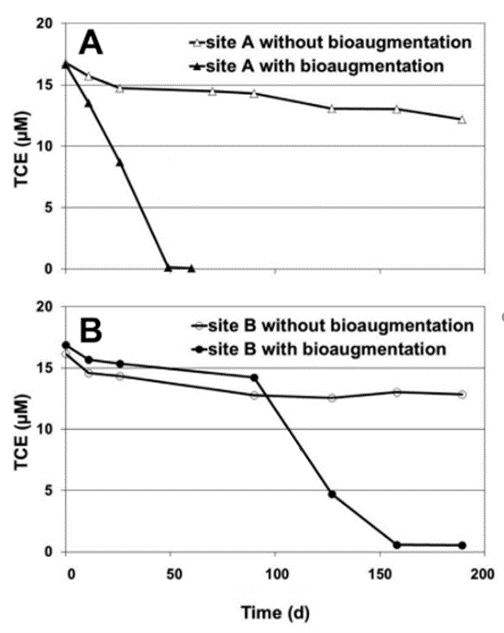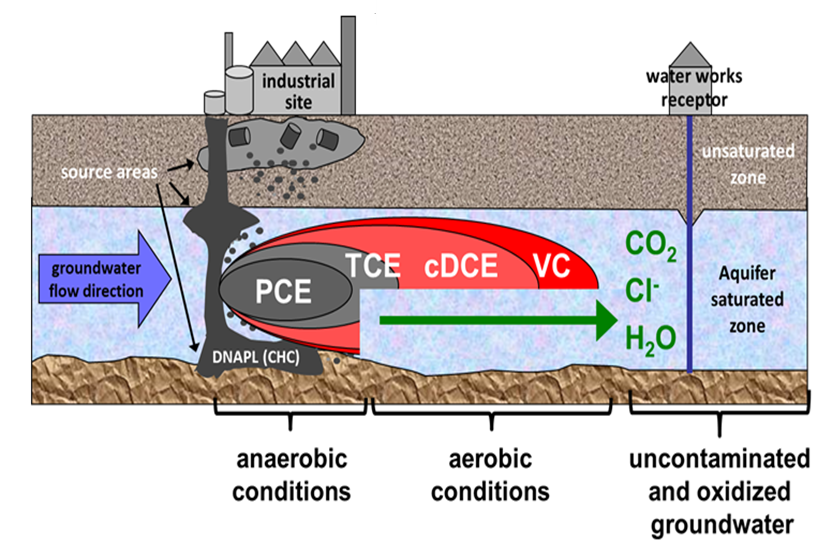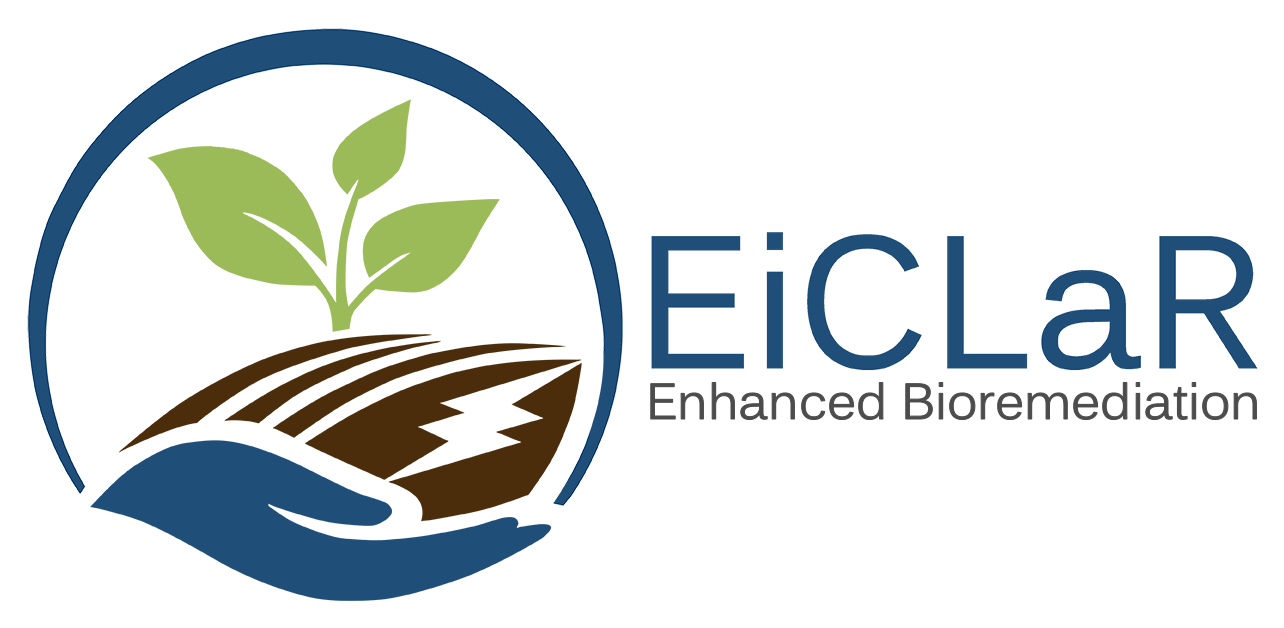Aerobic metabolic chloroethene degradation represents a new and promising concept for removing contaminants from the subsurface environment for improving groundwater quality. In comparison with anaerobic processes, aerobic processes are favourable because there is no risk of formation of hazardous intermediates. Aerobic metabolic processes, unlike co-metabolic processes, are not in need of auxiliary substrates, therefore, with the same amount of oxygen aerobic metabolic approaches remove approx. 100 times more pollutants than aerobic co-metabolic approaches.

Aerobic chloroethene biodegradation can occur under natural conditions or after addition of oxygen both in situ or in ex situ engineered approaches (e.g., in bioreactors or biological activated carbon). At specific sites, where the required microorganisms are not present or in insufficient numbers, enriched cultures can be added to the field site (bioaugmentation) and, therefore enable in situ bioremediation. However, bioaugmentation is a highly contentious approach, and field-based evidence of success has been scant. EiCLaR’s technology deploys genomics-based validation of bioaugmentation.

Â
Monitored Bioaugmentation concept
